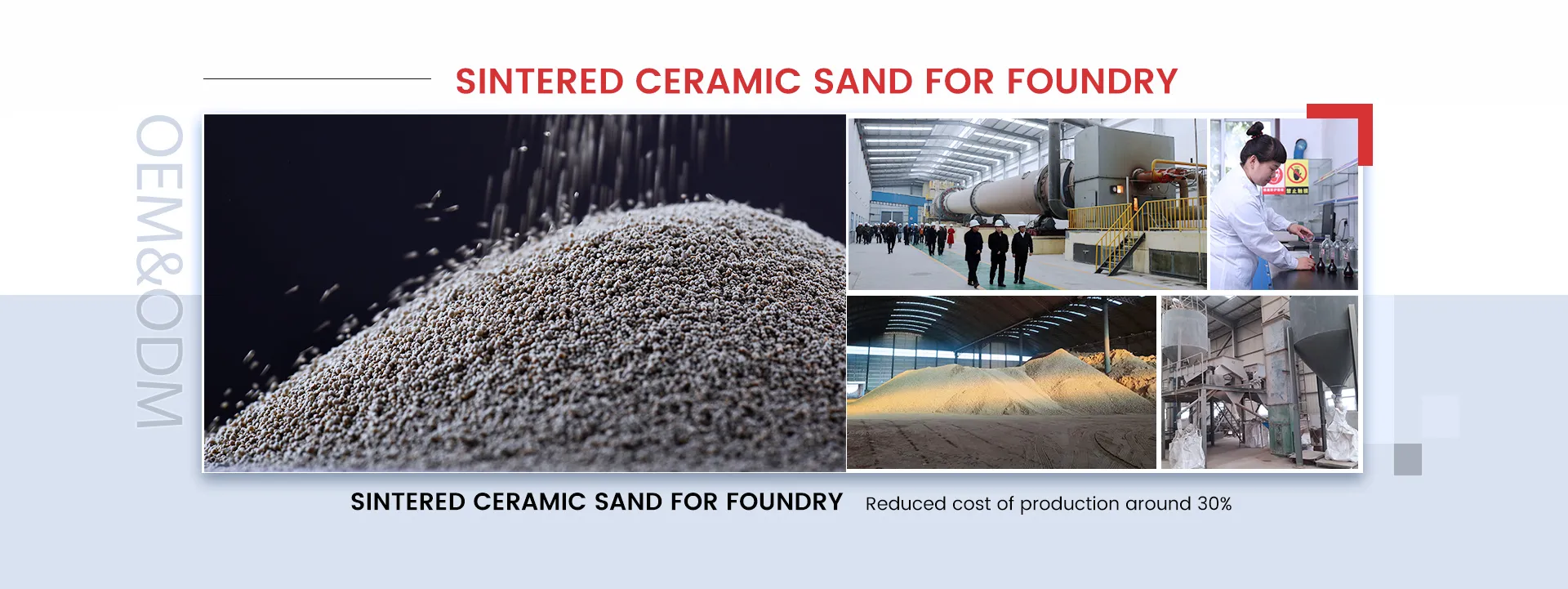Fine Casting Sand Essential for Quality Metal Castings
Fine casting sand is a crucial component in the metal casting industry, playing a vital role in the production of high-quality cast components. As foundries continue to innovate and improve their processes, understanding the properties and applications of fine casting sand becomes paramount. This article delves into the significance of fine casting sand, its composition, and its impact on the casting process.
Fine casting sand is primarily composed of silica, alongside other minerals that enhance its performance. The typical grain size of fine casting sand is smaller than that of conventional sand, which allows for better detail reproduction and surface finish in castings. This fine grain structure helps in creating more intricate designs, making it ideal for industries that require precision parts, such as automotive, aerospace, and artistic applications.
One of the most significant advantages of fine casting sand is its ability to withstand high temperatures. During the casting process, molten metal is poured into molds, which are often made from fine sand. The sand's thermal stability prevents it from breaking down or deforming under extreme heat, ensuring that the mold retains its shape and provides a clean, detailed finish to the casting. Additionally, fine casting sand has excellent permeability, allowing gases to escape during the metal pouring process, which minimizes defects such as bubbles or inclusions in the final product.
fine casting sand

The preparation of fine casting sand involves several steps to ensure optimal performance. The sand is processed to achieve the desired grain size and is often mixed with bonding agents to enhance its cohesiveness. The use of clay and other additives can improve the sand's binding capabilities, ensuring that the mold retains its integrity during the pouring of molten metal.
Another important aspect of fine casting sand is its recyclability. In modern foundries, a significant portion of waste sand can be reclaimed and reused, reducing costs and minimizing environmental impact. This sustainability aspect is increasingly important in today’s manufacturing landscape, where companies strive to be more eco-conscious and reduce their waste footprint.
Moreover, the quality of fine casting sand can directly influence the overall cost and efficiency of the casting process. By utilizing high-quality fine casting sand, foundries can achieve better yields, lower defect rates, and enhanced surface finishes. This leads to reduced machining time and costs, ultimately improving the competitiveness of manufacturers in a global market.
In conclusion, fine casting sand is an essential material that significantly impacts the metal casting industry. Its unique properties, including fine grain size, high thermal stability, and excellent permeability, make it indispensable for producing high-quality castings. As the industry evolves, the continued refinement of fine casting sand and its applications will undoubtedly play a vital role in advancing casting technologies and meeting the ever-growing demands of various sectors. Manufacturers that embrace the latest advancements in fine casting sand will position themselves for success in the increasingly competitive landscape of metal production.
Post time:ਨਵੰ. . 03, 2024 18:53
Next:foundry sand suppliers
